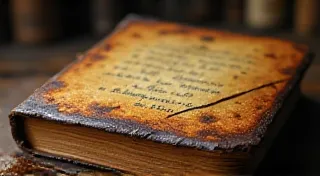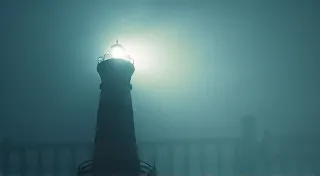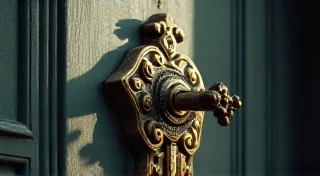The Dance of Light and Shadow: Mastering Zone System Techniques with Vintage Cameras
There’s a particular scent that clings to old cameras - a mixture of aged leather, polished brass, and the ghost of countless exposures. It’s the smell of history, of ingenuity, of a time when photography demanded patience and a profound understanding of the craft. Modern digital cameras, with their instant gratification and automated settings, often obscure the intimate dance between photographer, camera, and light that defined the early days of photography. Today, we’re not simply looking at cameras; we're stepping into a legacy. And to truly appreciate that legacy, to understand the spirit of the pioneers, we need to explore the Zone System, a technique intrinsically linked to the challenges – and the boundless opportunities – presented by vintage cameras.
The Zone System, conceived by Ansel Adams, wasn't merely about exposure; it was a philosophy, a way of seeing and translating that vision into a tangible image. It's a meticulous process of assessing a scene, breaking it down into a series of tonal zones – from black to white – and then manipulating exposure and development to ensure the crucial zones were captured accurately. It's a system that demands a deep connection with the photographic process, a willingness to experiment, and a respectful awareness of the limitations of the equipment.
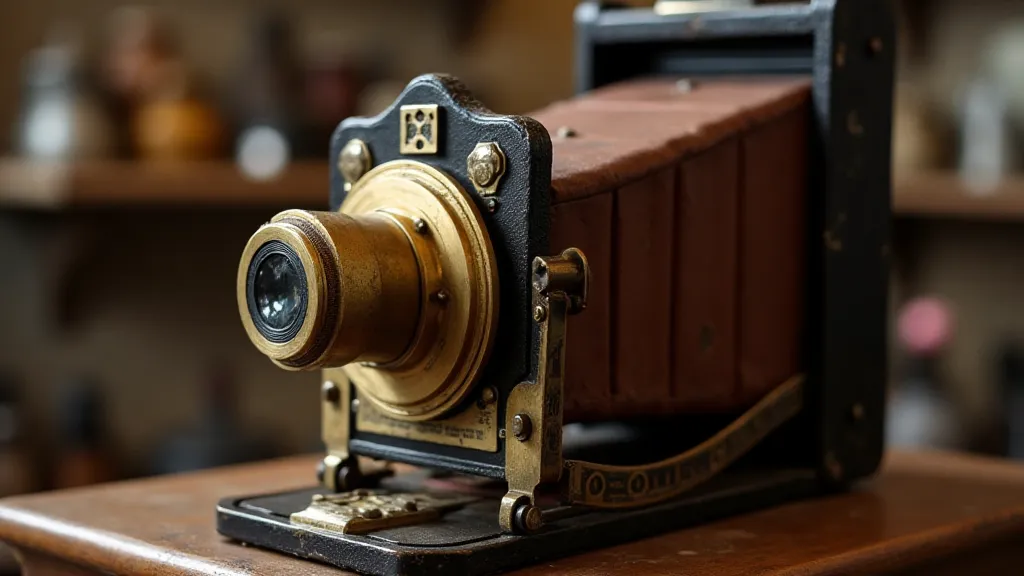
The Challenges of Older Technology
Modern digital photography shields us from the reality faced by photographers of the early to mid-20th century. Film sensitivity was much lower, requiring longer exposures. Metering was rudimentary at best – often relying on the photographer’s visual judgment and experience. Dynamic range was significantly narrower. And latitude – the amount of over- or underexposure film could tolerate and still produce a usable image – was considerably less forgiving.
Imagine trying to apply the Zone System with a Kodak Brownie, a simple box camera popular in the early 1900s. There's little room for error. Misjudge the light, and you're likely to end up with a severely overexposed or underexposed negative, essentially ruining the image. Even with more sophisticated cameras like a Rolleiflex or a Leica IIIa, achieving consistent results required a level of skill and experience that today’s photographers rarely encounter. Each camera had its quirks, its individual light leaks, its specific film reciprocity failures – all factors the photographer had to account for.
The lack of instant feedback was also a profound challenge. You couldn't instantly review an image and adjust your settings. The entire process – from exposure to development – was a chain reaction. Any error along the line had a compounding effect. This fostered a culture of deliberate action, careful planning, and a deep respect for the materials.
A Legacy of Craftsmanship
Beyond the technical challenges, using vintage cameras is an immersion in a world of exquisite craftsmanship. The feel of the metal, the precision of the gears, the quality of the leather – these are hallmarks of an era when products were built to last, not to be replaced every year. Take a Leica, for instance. The precision engineering and compact design were revolutionary. Each component was meticulously crafted, and the camera felt solid and reliable in your hands. It wasn's simply a tool; it was an instrument of artistry.
My grandfather, a passionate amateur photographer, owned a Kodak Retina II. I remember watching him carefully load film, meticulously checking the shutter speeds, and the almost reverent way he handled the camera. He rarely talked about the technical details, but his focus, his dedication, and the obvious care he took conveyed a deep appreciation for the craft. The photographs he produced – landscapes mostly, captured with a gentle, almost nostalgic tone – were testaments to his patience and skill.
Restoring a vintage camera can be a labor of love, a way to connect with that legacy. Cleaning the lens, replacing the light seals, and lubricating the gears – these are tasks that demand patience and attention to detail. It’s not just about restoring the camera to working order; it’s about preserving a piece of history.
Artistic Opportunities in Limitation
While the limitations of vintage cameras can be frustrating, they also present unique artistic opportunities. The narrow dynamic range, for instance, forces you to make deliberate choices about what to emphasize and what to sacrifice. You learn to see the scene in terms of tonal relationships, prioritizing the most important elements and letting the rest fade into the shadows.
The graininess of older film, often considered a flaw in modern photography, can add a textural richness and a sense of timelessness to your images. The lack of perfect sharpness can create a dreamy, atmospheric quality. And the unpredictable nature of vintage equipment – the occasional light leak, the unexpected reciprocity failure – can result in images that are truly unique and unexpected.
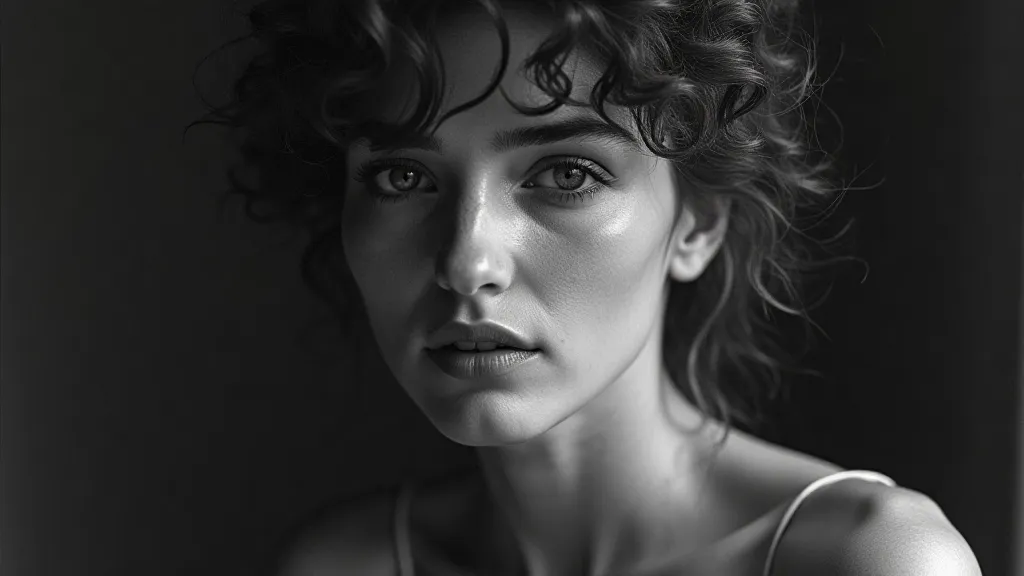
Applying the Zone System: A Different Approach
The Zone System with vintage cameras demands a different approach than what's often taught with modern equipment. You can’s simply rely on a built-in light meter. Instead, you must learn to estimate the exposure based on your visual assessment of the scene and a careful understanding of the camera’s characteristics. This might involve using a spot meter to measure key tones and then adjusting the exposure accordingly. It may also require experimenting with different development times to fine-tune the tonal range.
The reciprocal failure of older film at longer exposures is another critical consideration. This phenomenon causes the film to become less sensitive to light, requiring longer exposure times than indicated by the camera’s shutter speed. Photographers often compensate for this by bracketing exposures – taking multiple shots at different exposure times – to ensure at least one image is correctly exposed.
Remember, there's no "right" way to apply the Zone System. It’s a process of experimentation, observation, and adaptation. The key is to develop a deep understanding of your equipment, your film, and your own creative vision.
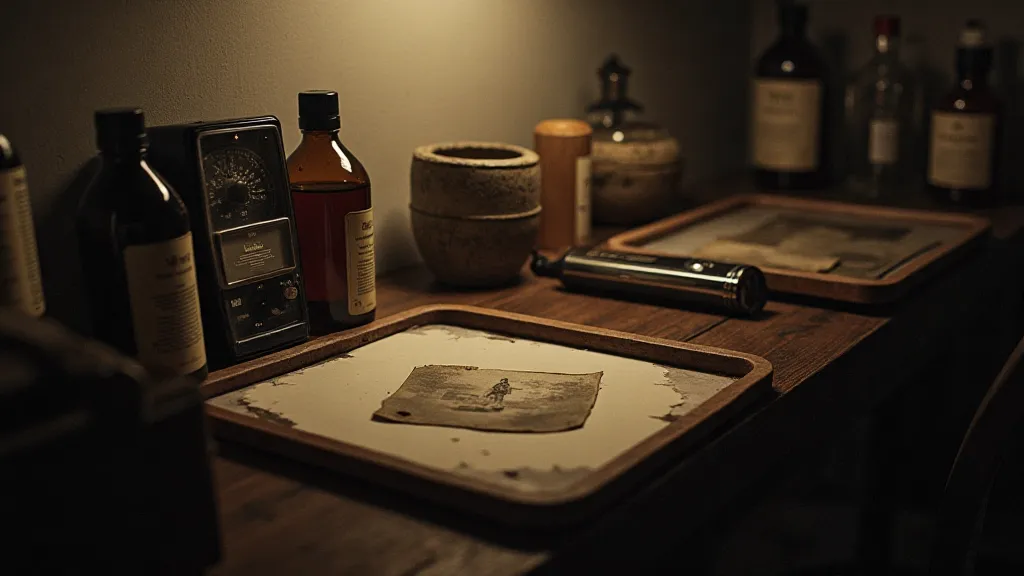
Using vintage cameras isn't just about taking photographs; it's about immersing yourself in a legacy of artistry, perseverance, and a profound respect for the craft. It’s about rediscovering the joy of deliberate action, the satisfaction of mastering a challenging process, and the unique beauty that emerges from the dance of light and shadow.
